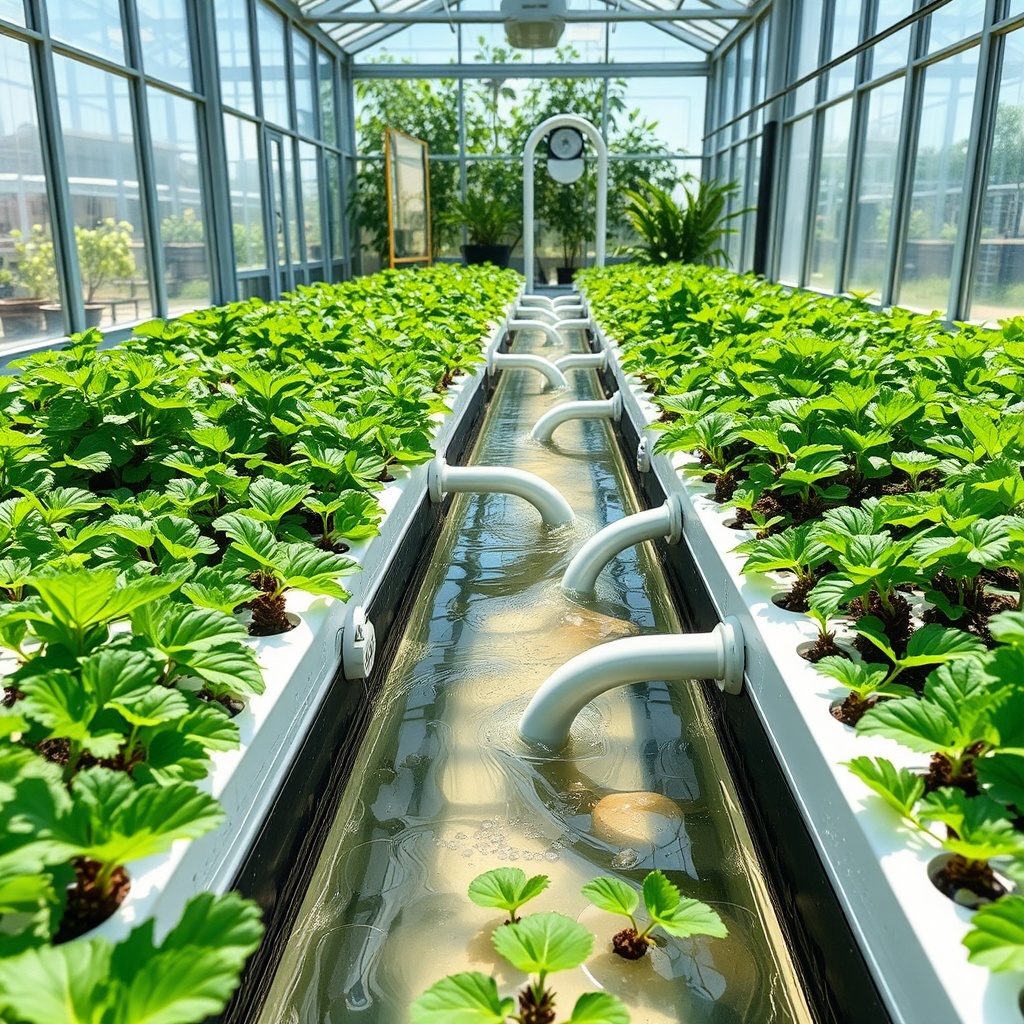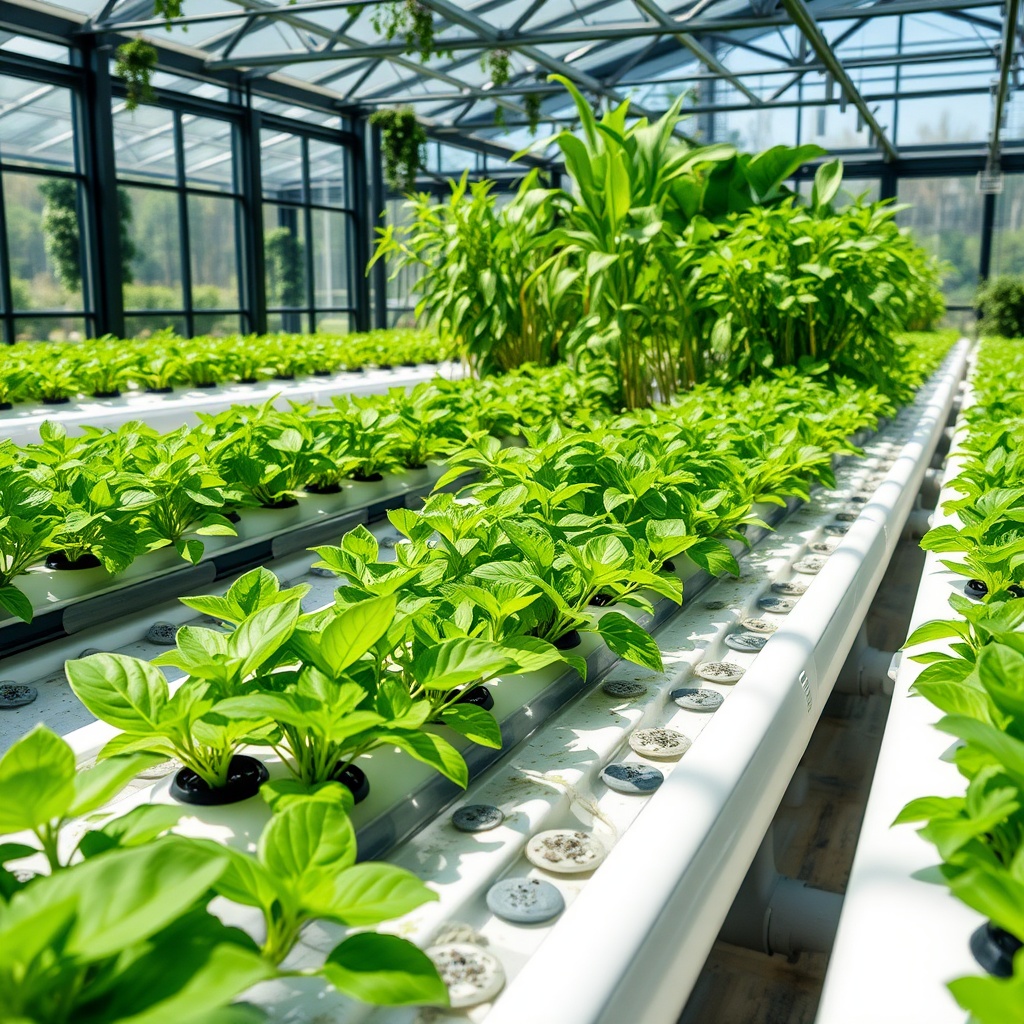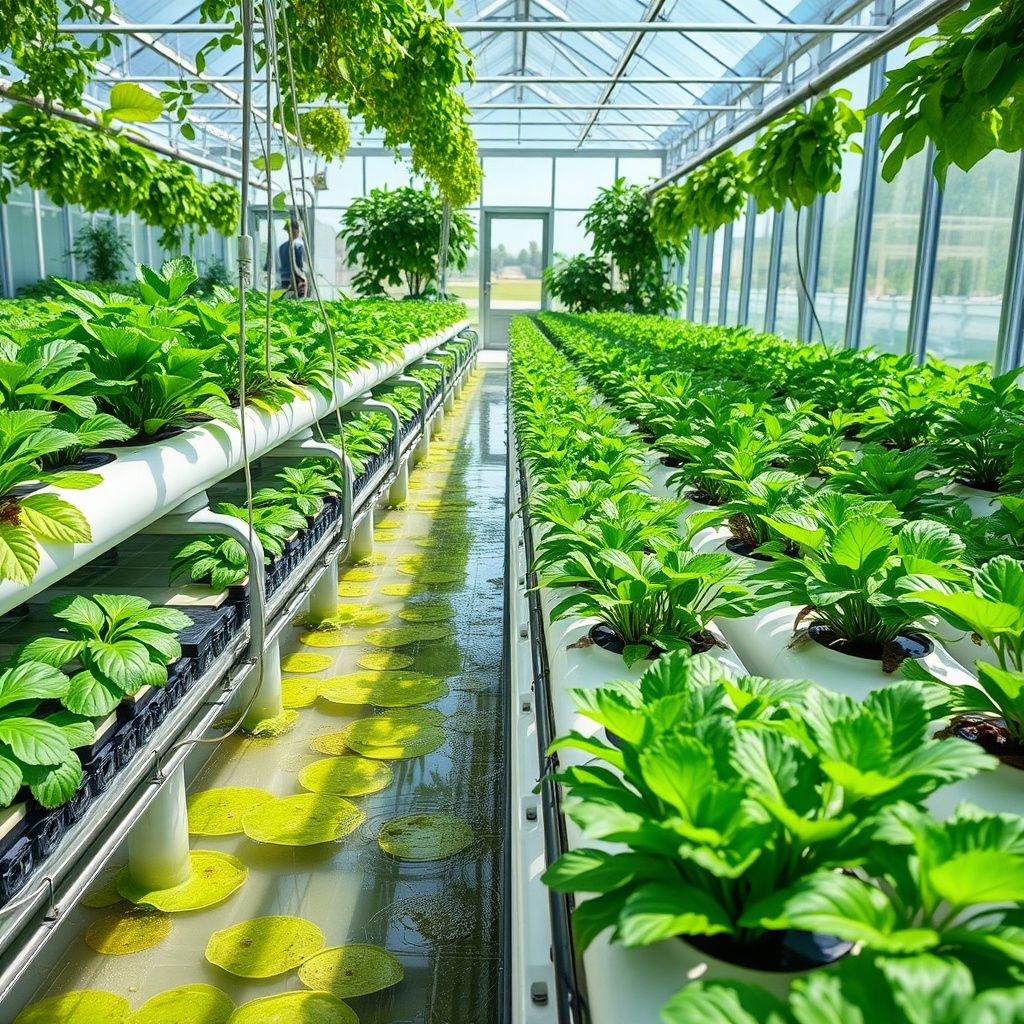Embracing the Future of Agriculture

As the global population continues to rise, the demand for food is at an all-time high. Hydroponics has emerged as a revolutionary method of growing plants without soil, allowing for more efficient nutrient use and water conservation. However, mastering hydroponic nutrient recycling and reuse is the key to maximizing the potentials of this innovative agricultural approach. By adopting sustainable practices, growers can not only enhance plant health but also contribute to environmental preservation.
Understanding Nutrient Dynamics in Hydroponics

In hydroponic systems, nutrients are delivered in a dissolved form, making it crucial for growers to understand how these elements interact and are absorbed by plants. The dynamics of nutrient uptake can vary depending on factors such as pH, electrical conductivity (EC), and the specific plant species being cultivated. To effectively recycle and reuse nutrients, it’s vital to monitor these parameters regularly. By doing so, growers can create an optimal nutrient solution that minimizes waste and maximizes plant growth.
Strategies for Effective Nutrient Recycling
Implementing nutrient recycling strategies can greatly enhance the sustainability of hydroponic operations. Here’s a comprehensive list of effective practices that can help you master nutrient recycling:
- Regular Monitoring: Keep track of nutrient levels and pH to ensure a balanced solution.
- Filtration Systems: Use filters to clean and recover nutrients from runoff.
- Composting Organic Matter: Incorporate organic waste into your nutrient solution to enrich it naturally.
- Batch Reuse: Consider reusing nutrient solutions from one crop cycle to another, adjusting as necessary for new plants.
- Integration of Aquaponics: Combine fish farming with hydroponics to utilize fish waste as a natural nutrient source.
By implementing these strategies, hydroponic growers can not only save costs but also contribute to a greener planet. The future of agriculture lies in our ability to innovate and adapt, turning waste into a resource, and nurturing the earth while feeding its inhabitants.




